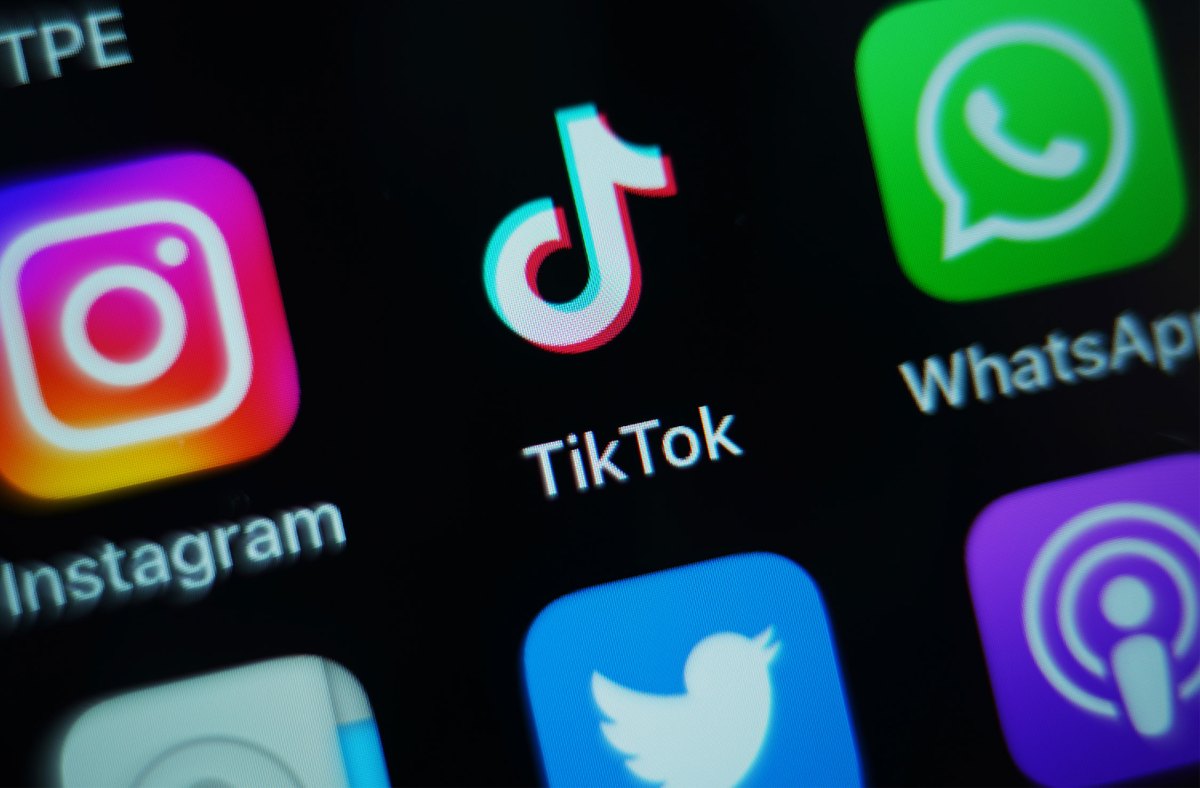How Modern PR Strategies Drive Brand Visibility in 2025

Building a brand in 2025 is a completely different animal than what entrepreneurs dealt with five years ago. The media landscape has shattered into a million pieces, everyone’s attention span is shot, and if you’re not authentic, people can smell it from a mile away. Still running your PR like it’s 2015 with press releases and media lunches? You’re going to get left behind.
Here’s what changed: everything moved digital-first, and that fundamentally altered how brands get noticed. A specialized PR agency that actually gets this new reality can be the difference between crickets and real conversations with people who matter to your business. The brands crushing it right now? They’ve figured out that modern PR isn’t about message control. It’s about starting genuine conversations across multiple platforms at once.
Traditional PR Tactics Don’t Work Anymore
Remember when getting featured in three major publications could make or break a launch? Yeah, those days are long gone. Journalists get buried under hundreds of pitches every single day. Newsrooms have been gutted. And consumer trust? It’s moved away from traditional media and straight to peer recommendations and influencers.
Success now means knowing where your actual audience hangs out. Maybe that’s TikTok and Instagram for you. Maybe it’s industry podcasts and LinkedIn. The trick is matching your message to the right platform without forcing things.
But don’t write off traditional media completely. A feature in a respected publication still matters. The data backs this up: 92% of consumers trust earned media, while only 41% believe paid ads. It’s just that now, that magazine feature is one piece of a bigger puzzle instead of the whole strategy. Smart brands stack earned media with social proof, influencer partnerships, and community building to create something that feels both credible and accessible.
Content That Actually Works
Generic corporate messaging? Dead on arrival. People scroll past that stuff without a second thought. The brands getting attention right now are telling stories that feel real and hit home with specific audiences.
What does that look like in practice? Forget the one-size-fits-all press release. You need different narratives for different platforms and audiences. A tech startup might drop behind-the-scenes development content on LinkedIn, create explainer videos for YouTube, and partner with micro-influencers on Instagram. Each piece has a job to do.
Data-driven storytelling has become huge. Original research, trend reports, and industry insights: this stuff positions you as an authority while giving journalists and creators something concrete to work with. According to analysis from PRSA, PR pros have to look beyond legacy media now. Social media influencers and podcasters have become the new gatekeepers to audiences.
The Influencer Reality
Influencers have completely changed the game. Love them or hate them. For entrepreneurs, this creates both massive opportunity and serious complexity. The right influencer partnership can put your brand in front of thousands of engaged potential customers in a way that feels organic instead of pushy. And the ROI is real: brands typically pull in $5.78 for every dollar spent on influencer marketing. Top performers? They’re seeing returns as high as $20 per dollar.
But here’s the catch: it only works when the fit is genuine. Audiences have a sixth sense for when an influencer is just shilling a product they don’t actually use. The campaigns that really work involve long-term relationships where influencers become actual brand advocates, not just hired spokespeople.
Micro-influencers often crush celebrity partnerships on ROI, especially for niche products. Someone with 10,000 crazy engaged followers in your exact market can drive better results than a big name with millions of followers who barely engage.
Multi-Channel Strategy
Brands that stand out aren’t just posting on multiple platforms. They’re coordinating messages across channels in ways that reinforce core themes without being repetitive. This takes real planning and strategic thinking about how different touchpoints work together.
Think about a product launch. You might start with a press release to industry publications, then move into founder interviews on relevant podcasts, drop behind-the-scenes content on social, get influencers doing unboxing videos, and publish thought leadership about the problem your product solves. Each piece amplifies the others and creates momentum you can’t get from a single tactic.
Timing matters too. You need to move fast when opportunities pop up, but you also can’t disappear during quiet periods. Building relationships with journalists, content creators, and community members takes consistent effort, not just activity bursts around launches.
What to Actually Measure
Old-school PR struggled hard with attribution. How do you put a number on a newspaper mention? Digital tools made measurement way more sophisticated, but they also created new headaches around what actually means success.
Impressions and reach numbers look great in reports but don’t always translate to business results. Smart brands track metrics tied to actual goals: website traffic from specific sources, engagement rates that show real interest, conversion rates from PR channels, and brand sentiment changes over time.
Sometimes the most valuable measurement is qualitative feedback. Are people in your industry talking about you? Do customers mention specific content when they buy? Is your leadership getting invited to speak at relevant events? These signals tell you if your PR is actually working.
Playing the Long Game
Too many entrepreneurs treat PR like a short-term thing. They want coverage for a launch or funding round, then go silent until the next announcement. This stop-start approach throws away all the relationships and momentum that make PR effective.
Brands that show up consistently, share valuable perspectives, and engage authentically build recognition that compounds. When you need coverage for something important, having those established relationships and credibility makes everything so much easier.
This means treating PR as an ongoing conversation instead of a series of transactions. Share insights regularly. Comment on industry trends. Support other businesses in your space. Create content that actually helps your audience solve problems. The visibility you need when it counts grows naturally from this foundation.
Why Humans Still Matter
Everyone’s talking about AI tools and automation, but the core of effective PR is still deeply human. People connect with stories, personalities, and brands that feel like actual humans are running them: humans with values and perspectives.
AI has become part of the toolkit, though. About 65% of PR professionals use AI-powered tools now for things like media monitoring and sentiment analysis. Platforms like Brand24, Meltwater, and Sprout Social help teams track brand mentions across thousands of sources in real time, analyze emotional tone in feedback, and spot potential reputation problems before they blow up. These tools handle the scale and speed humans can’t match, while PR professionals bring the strategic thinking and judgment AI doesn’t have.
Founder-led content performs incredibly well for exactly this reason. Audiences want to know who’s actually behind a company and what drives them. Putting a face and voice to your brand creates a connection that generic corporate messaging never will.
It also means being willing to admit when you don’t have all the answers, addressing criticism honestly, and showing up as more than a sales pitch. Brands that try to look perfect usually just come off as fake. The ones willing to show some vulnerability while staying professional build way stronger connections.
What’s Next?
The PR landscape will keep shifting. New platforms will pop up. Attention will fragment even more. What works today might need tweaking tomorrow. Entrepreneurs who stay curious, test new stuff, and genuinely focus on serving their audiences will figure it out.
The fundamentals stay the same, though: tell compelling stories, build real relationships, show up consistently, and deliver value before asking for attention. Brands that nail these basics while staying current with tactics will break through and build the visibility that drives real growth.
What separates successful brands from struggling ones usually comes down to treating PR as a strategic priority instead of an afterthought. The companies winning attention and trust in 2025 understand that modern visibility takes coordination, consistency, and a willingness to show up authentically on the channels that actually matter to their specific audiences.
The post How Modern PR Strategies Drive Brand Visibility in 2025 appeared first on Entrepreneurship Life.



















:quality(85):upscale()/2023/09/18/918/n/1922398/a1136b676508baddc752f5.20098216_.jpg)
:quality(85):upscale()/2025/10/09/670/n/1922283/00b944c868e7cf4f7b79b3.95741067_.jpg)
:quality(85):upscale()/2025/10/15/765/n/1922398/29c37a6e68efd84bb02f35.49541188_.jpg)
:quality(85):upscale()/2025/09/09/891/n/1922283/7222624268c08ccba1c9a3.01436482_.png)





















